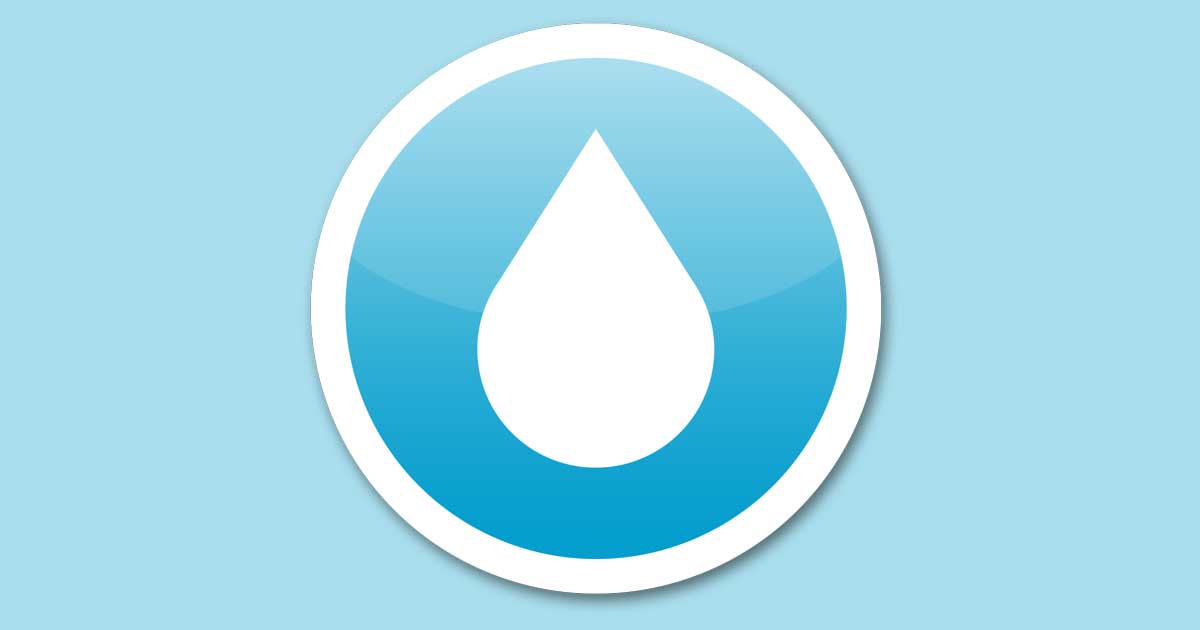To serve you better, we've assembled a list of our customers' most frequently asked questions. If you don't find your answer here, feel free to contact us.
How could I have used this much water?
You may not have - the numbers on your meter may have been transposed or hard to read. You could possibly have a leaky toilet or faucet that's difficult to detect. Just call the office and we'll work with you to solve the problem.
What do I do if I am experiencing low pressure?
Check your meter and the surrounding area for possible leaks. Next, call our office and report low pressure for your area.
Why does my drinking water look cloudy sometimes?
Once in a while, you get a glass of water and it looks cloudy; maybe milky is a better term. After a few seconds it miraculously clears up! The cloudiness might be caused by the water in the pipes being under a bit more pressure than the water in the glass, but is more lkely due to tiny air bubbles in the water. Like an bubble, the air rises to the top of the water and goes into the air above, clearing up the water. Cloudy water also known as white water, is caused by air bubbles in the water. It is completely harmless.
It usually happens when it is very cold outside because the solubility of air in water increases as water pressure increases and/or water temperature decreases. Cold water holds more air than warm water. In the winter, water travels from the reservoir which is very cold and warms up during its travel to your tap. Some of the air that is present is no longer soluble, and comes out of solution.
Also, water pressure has something to do with it. The water in the pipes is pressurized to a degee (which helps to get the water all the way from the water tower to your home). Water under pressure holds more air than water that is not pressurized. Once the water comes out of your tap, the water is no longer under pressure and the air comes out of solution as bubbles (similar to a carbonated soft drink). The best thing to do is let it sit in an open container until the bubbles naturally disappear.
What chemicals does our utility district add to the water?
Only chemicals that are approved by the National Safety Foundation for treatment of drinking water.
My water tastes, looks, and smells funny. Is it safe to drink?
All public water systems are required to maintain a minimum chlorine level of 0.2 mg/L (tested at the end of each line) by state law. Systems that use chloramine as a disinfectant must maintain a level of 0.5 mg/L by state law. Our disinfectant levels are tested daily to ensure safety.
Why does debris come out of the faucet when running hot water?
Most likely your water heater needs to be flushed. CAUTION: Most manufacturers recommend hiring a professional to flush your water heater. If you plan on doing this yourself, read the owner's manual to keep from being hurt and or damaging the water heater.
Why do I have a previous balance when I know I sent in my payment?
We may have received it after the due date or we may not have received it at all. Call our office and we will help you solve the problem.
